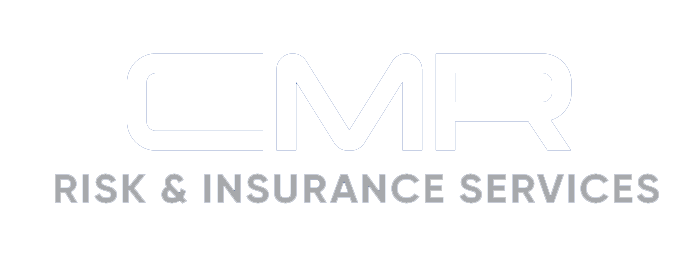California’s Minimum Wage Rate to Increase on Jan. 1, 2026

On Aug. 1, 2025, the California Department of Finance (the Department) announced that the state hourly minimum wage will increase to $16.90 per hour on Jan. 1, 2026. The new rate will apply to all employers, regardless of how many individuals they employ.
California’s Minimum Wage Rate
California’s minimum wage rate is adjusted annually to account for the cost of inflation. The Department must publish new rates on or before August 1 of each year. Based on the U.S. consumer price index for the 12-month period from July 1, 2024, to June 30, 2025, the Department has determined that California’s minimum wage must increase by 2.49% to $16.90 per hour on Jan. 1, 2026.
Overtime Exemption Threshold
The state minimum wage rate also determines the salary requirements for exempt executive, administrative and professional (EAP) employees. Under Labor Code Section 515(a), EAP employees qualify for an overtime exemption if, among other things, they “earn a monthly salary equivalent to no less than two times the state minimum wage for full-time employment.” As a result, beginning Jan. 1, 2026, these employees must receive an annual salary of at least $70,304 ($5,858.67 monthly).
Fast-Food and Health Care Employees’ Minimum Wage Rate
Employers should also be aware of the fast-food minimum wage rate of $20 per hour for covered employees and various health care worker minimum wage rates. Covered fast-food employees must earn at least twice the fast-food minimum wage rate to qualify as exempt. Covered health care employees must earn either one and a half times the applicable health care minimum wage rate or twice the state minimum wage rate, whichever is greater, to meet the exempt salary threshold.
Impact on Employers
California employers should update their payroll processes and procedures to comply with the new minimum wage rate by Jan. 1, 2026. Employers should also account for local ordinances establishing higher minimum wage rates for employees. However, higher local ordinance rates do not affect the state salary requirements for the EAP overtime pay exemption.
Article Published By: Zywave, Inc.
